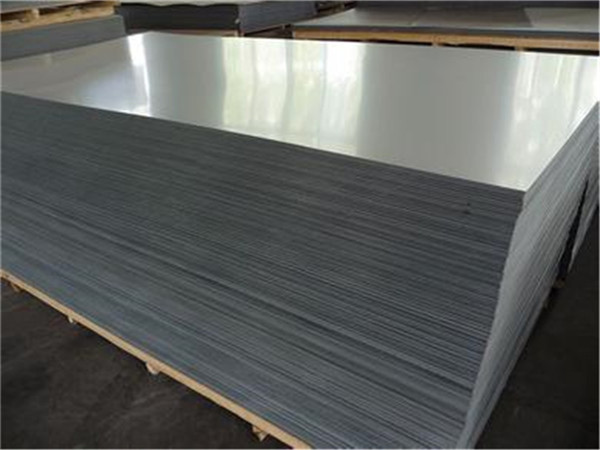Aluminum plates are widely used in various industries due to their excellent properties such as lightweight, corrosion resistance, and high strength-to-weight ratio. Among the numerous aluminum alloys available, 1060 and 6061 T6 are two commonly used grades, each with its own distinct characteristics. Let’s delve into the differences between 1060 aluminum plate and 6061 T6 aluminum plate.
Zusammensetzung der Legierung
1060 Aluminum Plate: It belongs to the 1000 series of aluminum alloys and is composed primarily of aluminum with a purity of at least 99.6%. It is a commercially pure aluminum alloy, known for its excellent electrical conductivity and thermal conductivity.
6061 T6 Aluminum Plate: It belongs to the 6000 series of aluminum alloys and is composed mainly of aluminum, magnesium, and silicon, with additional elements such as copper and chromium. The “T6” designation indicates that it has been artificially aged to achieve its maximum strength.

Strength and Hardness
1060 Aluminum Plate: While 1060 aluminum plate offers high electrical conductivity and good formability, it is relatively soft and lacks the strength of heat-treatable alloys. It is often used in applications where strength is not a critical factor.
6061 T6 Aluminum Plate: 6061 T6 aluminum plate exhibits significantly higher strength and hardness compared to 1060 aluminum plate. Due to its heat-treatable nature, it can achieve high levels of mechanical properties, making it suitable for structural applications requiring strength and durability.
Bearbeitbarkeit
1060 Aluminum Plate: 1060 aluminum plate is easy to machine and form due to its softness and excellent workability. It can be readily welded, brazed, or soldered, making it suitable for applications where machining operations are required.
6061 T6 Aluminum Plate: While 6061 T6 aluminum plate is machinable, it is not as easy to machine as 1060 aluminum due to its higher strength and hardness. However, it can still be machined using appropriate techniques and tools.
Application Areas
1060 Aluminum Plate: Due to its high electrical conductivity and formability, 1060 aluminum plate is commonly used in electrical components, heat sinks, reflectors, and decorative applications.
6061 T6 Aluminum Plate: 6061 T6 aluminum plate finds widespread applications in structural components, aerospace parts, automotive components, marine fittings, and bicycle frames, where strength and corrosion resistance are crucial.
In summary, the main differences between 1060 aluminum plate and 6061 T6 aluminum plate lie in their alloy composition, strength and hardness, machinability, and application areas. While 1060 aluminum plate offers excellent formability and electrical conductivity, 6061 T6 aluminum plate provides higher strength and hardness, making it suitable for structural and high-strength applications. The choice between the two depends on the specific requirements of the intended application.